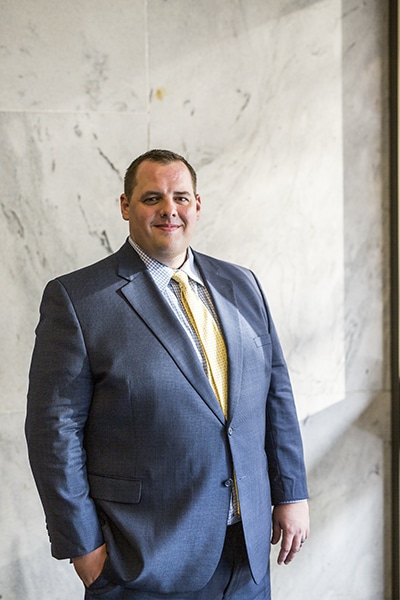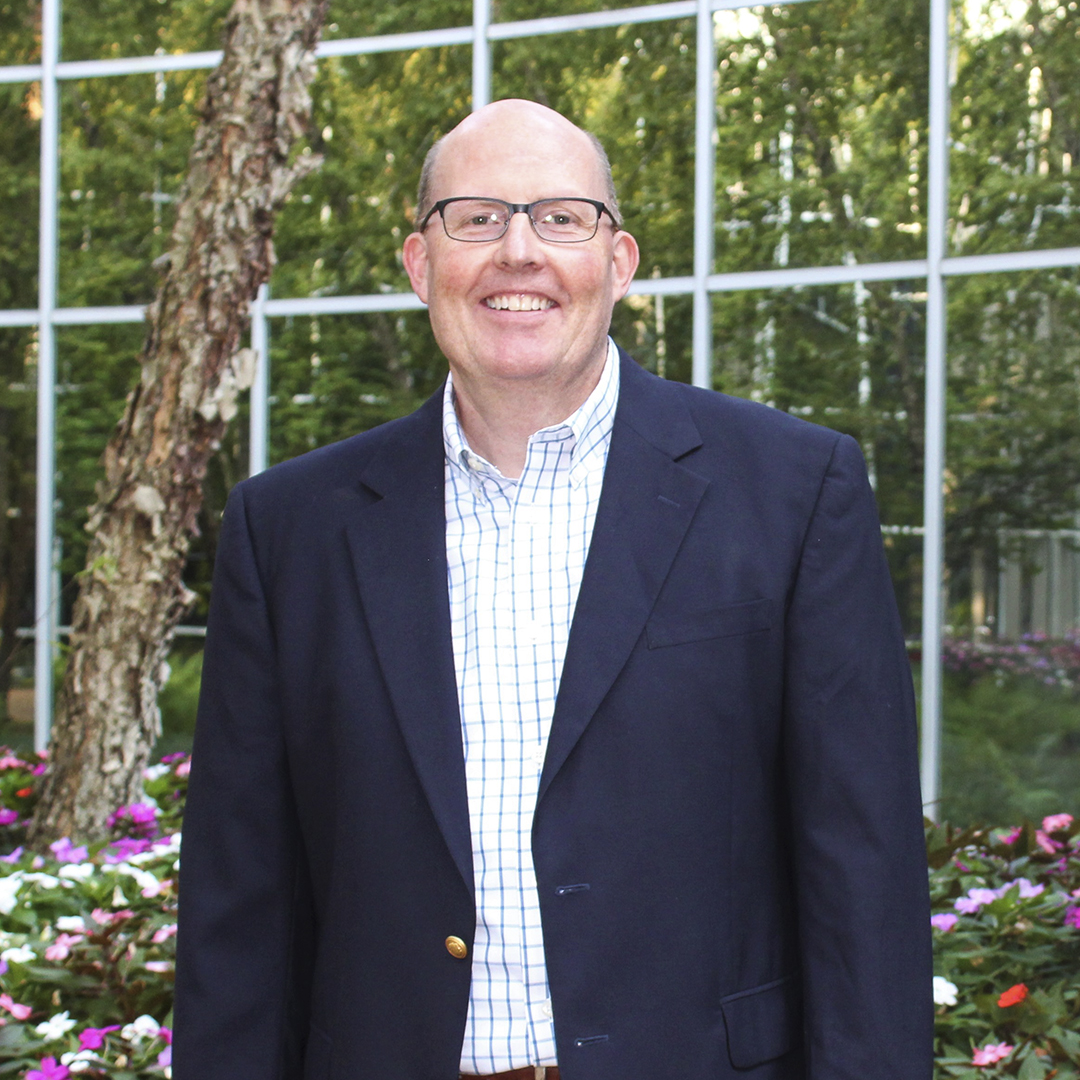|
Getting your Trinity Audio player ready... |
Brett Tracy has an “insatiable drive” to accomplish, learn, and improve. Part of that drive he attributes to his competitive nature and his many years as a football player. But the other part, Tracy says, goes back decades—to when he suffered an aneurysm. “Only two people before me recovered from the type of aneurysm I had, and one of those people didn’t fully recover,” Tracy says. “So, having made a full recovery, I view all this as somewhat of a second chance.”

And Tracy isn’t letting his second chance go to waste. As VP of revenue cycle at Carilion Clinic, this new drive translates into a desire to support his teams, build upon current knowledge and skill sets, and seek opportunities for continuous quality improvement. Never satisfied with what he has done that day, Tracy is convinced that both he and the team can “always be doing something better” and can look for creative strategies to meet patient needs.
In previous positions, Tracy has been a part of teams that focused on process improvement, waste reduction, and organization. “My goal is to build upon those past experiences to support all levels of staff within the revenue cycle and to be creative in collaborating with clinical departments and patients,” he says.
By all accounts, Tracy is delivering on that promise. In recognition of the issues surrounding patient affordability and access to care opportunities, Tracy and his team are looking to use technology to improve Carilion’s patient education and engagement.
“Almost 50 percent of patients prefer not to talk to a human when they’re dealing with customer service,” Tracy remarks. “They’d rather be able to find the information on the company’s website or email someone about the issue. I’d like to establish a chat function that solves patients’ needs and is also able to explain the financial side of things—it could tell a patient how much it costs for a mammogram, for example.”
Tracy is also working on developing videos to explain what happens when an individual receives care through Carilion. “When a patient gets their bill, they don’t always know what it means just by looking at it,” the VP points out. “So our goal is to develop tools for educational videos and put a link on patient statements as well as on our website and in patients’ rooms that can be leveraged to really explain things.”
“But there’s always opportunity to improve and create avenues for the organization to pursue other things—things that can help patients and provide a foundation for future growth.”
Tracy also acknowledges that transparency about hospital’s pricing tends to be a big issue among patients. Unless you’re a medical professional, he explains, it’s often difficult to understand the charges. That is why Tracy aims to help Carilion develop “self-service patient estimates where a patient can put in their information and get an immediate calculation of how much their procedure would cost, based on their insurance and benefits utilization.”
Tracy emphasizes that the revenue cycle department already does a fantastic job in addressing these areas of concern. “But,” Tracy contends, “there’s always opportunity to improve and create avenues for the organization to pursue other things—things that can help patients and provide a foundation for future growth for the organization.”
Bringing Teams—and Generations—Together
According to Tracy, there are more than seven hundred revenue cycle employees, more than fifty component teams, and an astounding diversity of age and experience across those various teams. Some employees are in their early twenties, and others are in their early seventies. Tracy strives to not only connect with each individual generation but also to bring the generations together.
“We try to have a seven-month window before an employee’s retirement where they can work alongside the person who is succeeding them,” Tracy says. “It helps to show that people approaching retirement are not being marginalized, that we—and our younger employees—value their contributions and knowledge.”

